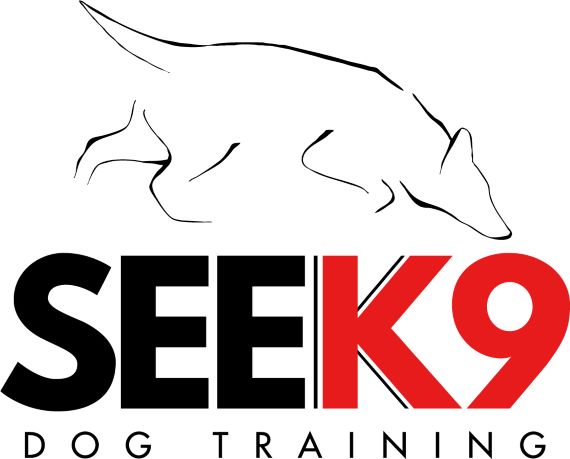
A clicker or a marker word is sometimes called a “bridging stimulus” because it not only informs the dog that the targeted behavior has earned a reward but it also bridges the period of time between the performed behavior and the dog receiving its reward. Using a clicker or a marker word (“GOOD”) allows us to improve our timing and capture the exact moment that the dog is performing a behavior that we would like to see repeated.
In addition to bridging the timing gap, when working with your dog you can also think of the marker word as both an event marker, as well as a terminal marker. As an event marker, the word signals to the dog exactly what behavior is desirable and should be repeated. As a terminal marker, the word lets the dog know that a particular job is done; that the word ends the behavior being performed.
Charging the Marker
When you think of charging your marker word, compare it to charging a battery. Each time you pair the word with a treat or other primary reinforcer, you are charging it more. Timing is very important when conditioning your dog to your marker. Your marker word should always precede the treat, as well as come within 1-2 seconds of each other.
Terminal Marker, Jackpot Marker - YES
Unlike a normal reward, a Jackpot is a reinforcer that is significantly larger than a normal reinforcer, and one that comes as a surprise to the dog. Jackpots are most commonly used to reinforce a sudden breakthrough in training or a great behavior performed by the dog. Jackpots capitalize on the Contrast Effect in that an excellent reward is given for an excellent performance from the dog.
Bridge Marker “Keep Going” - GOOD
This communicates to the dog to continue doing a particular behavior to cause a marker word to continue to occur. It is a great way to add duration to a particular exercise (a stay or a long walk on a loose leash). Once this particular bridge has been established, it can be used as an informative event signal within a chain of behaviors without actually interrupting the behaviors in the chain.
Non-Reinforcing Markers - NO
A Non-reinforcing marker is also called a “Conditioned Aversive Stimulus”. A NRM is a signal to the dog that the behavior they are currently engaged in is incorrect, and something undesirable to the dog will happen - this can range from the loss of a reinforcer (negative punishment) to a correction of some kind (positive punishment). A dog builds an understanding of an NRM when the hendaler repeatedly pairs the NRM with an unpleasant stimulus or event. A NRM is only truly effective if the dog already has a deep reward history and has been reinforced often enough for a variety of behaviors that have produced rewards. The dog must understand what they are receiving the NRM for and must also have an understanding of how to avoid the NRM being produced. If your dog ever gives up, stops trying, or loses engagement, then your rate of reinforcement is too low and you must adjust your handling to balance the motivators for your dog so they can fully understand what is expected.
